Better in winter: waxing and basic care
/ 2023-02-08 20:33:26
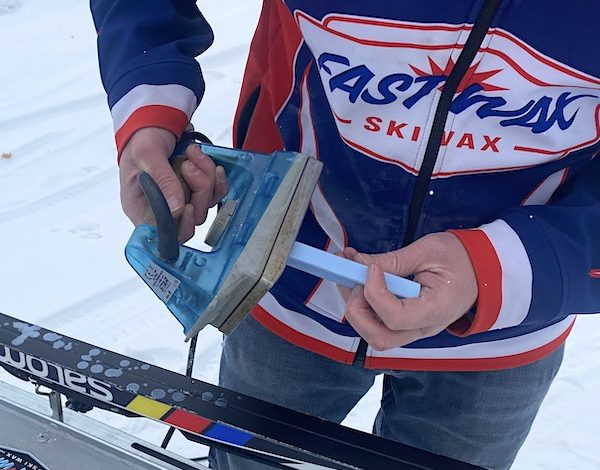
Diplomat.Today
Neil Wolkodoff
2023-02-08 20:33:26
——————————————-
Whether you like downhill skiing, cross-country skiing or snowboarding, properly waxing and caring for your equipment will enhance your enjoyment. The wax may make you go faster, but the main benefit is that you can turn more easily. The other side of the sliding coin is that gear that needs a little maintenance is more predictable, which is nice if you don’t do the activity on a daily basis. And a little care for a few minutes will make the gear last longer. Many tools are portable and easy to take on a slide trip, as washing every other day keeps the gear performing at its best.
have equipment ready
Once the season is over, or after a long trip, or before the next one, it’s the ideal time for the slide hobbyist to go over the equipment. In most cases, bases are much more durable than they were in the past, so the need to repair rock crevices and the like is minimal. First-line edge care and waxing are elementary with a kit like the Toko All Inclusive Wax/Care Set. You can get notches from the edges, bevel or adjust the angle of the cut with the small tool to your preference, sharpen if necessary and then hot wax with the special iron. They include three wash temperatures so you can handle any snow temperature range. If you’re storing for a while or in the summer, put a garbage bag over the binding to keep out dirt and take the spring tension off the bindings. If you live in a humid area, a little light oil on the metal edges will prevent rusting.
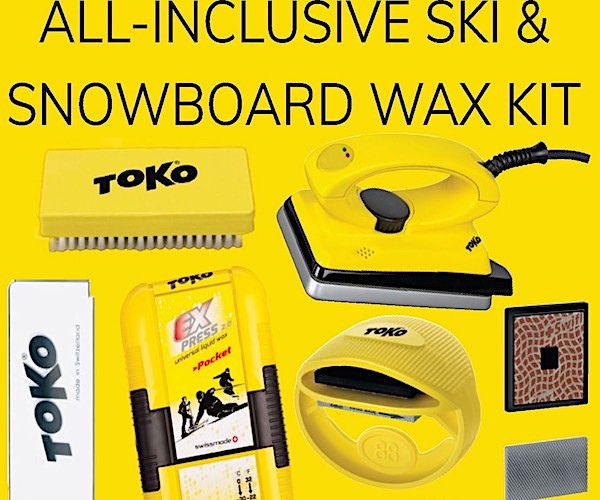
Hot wax is very, very good
Hot wax is the sliding standard and you need a good hard wax. ZUMWax makes an all-temperature race wax, with another option MountainFlow Eco-Wax, which is plant-based. Most slides are sintered, meaning they have microscopic pores in the bottom that trap wax, especially when applied hot. The procedure is simple: find a flat bench, a set of holders or a particular set of ski clamps. After other things like removing edge burrs with a diamond stone (definitely travel with this one!), make sure the base is clean and dry, set the iron to low and drip the hard wax onto the surface. Let it liquefy, don’t smoke, and continue to work the wax into the base. Wait for the wax to cool completely, scrape off the excess with a plastic scraper and polish.
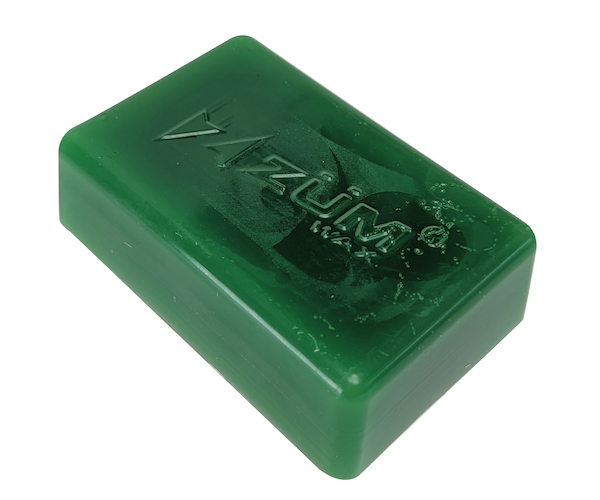
Rub on and stick wax on the go
Waxmakers have developed unique formulas that adhere better to the base than just rubbing on hard wax. Better sticking makes them last longer. These waxes come in a variety of application methods, including a rub-on with a cork from ZUMWax and the next generation paste from SkiFastWax. It’s best to get a universal blend for all temperatures because it’s easier to pack one small item. As with other treatments, make sure the buttocks are dry, preferably at room temperature, and apply and polish with specific instructions. Since they are not used hot, you can expect these treatments to last up to one snow day. However, these can be fitted to the mound if you need extra shearing power as the containers easily fit into bags.
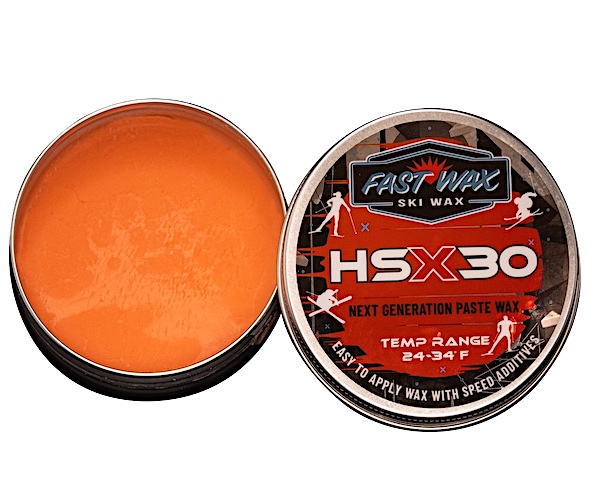
Spray on wax for accurate temperatures
If you want morning treatment for specific ailments, spray-on waxes are the easy ticket. Like Toko’s Base Performance series, they are generally available in three temperature ranges. That makes choosing the right one easy by looking at the weather forecast. Spray on a thin layer and let dry. Polish/finish the wax with a copper base brush for two or three strokes along the length of the base from tip to tail. Other than wiping the skis before application, nothing on your hands or gloves.
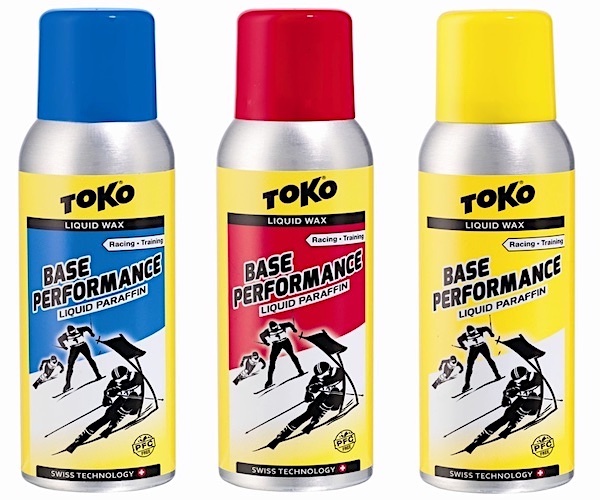
IMPORTANT ANNOUNCEMENT:
If you are reading this article anywhere other than A Luxury Travel Blog, chances are this content has been stolen without permission.
Please note the web address above and contact A Luxury Travel Blog to notify them of this issue.
Thank you for helping us fight content theft.
Set the edge right
Professional ski tuners use few tools to lock the angle of the file for an accurate effect. Beveling refers to getting the base and edge of the ski down a bit, maybe just a degree from the base. This makes it easier for the ski or board to roll into the turn. This should be done both on the bottom and on the side. Tools like the BASEbeast and SideofBEAST edge bevel allow you to bevel the bottom as you file and then adjust the side angle to make a 90 degree angle. The result is that the ski or board will ride optimally. Chamfering the sides is often an overlooked aspect of sharpening and setting the edges.

——————————————-



